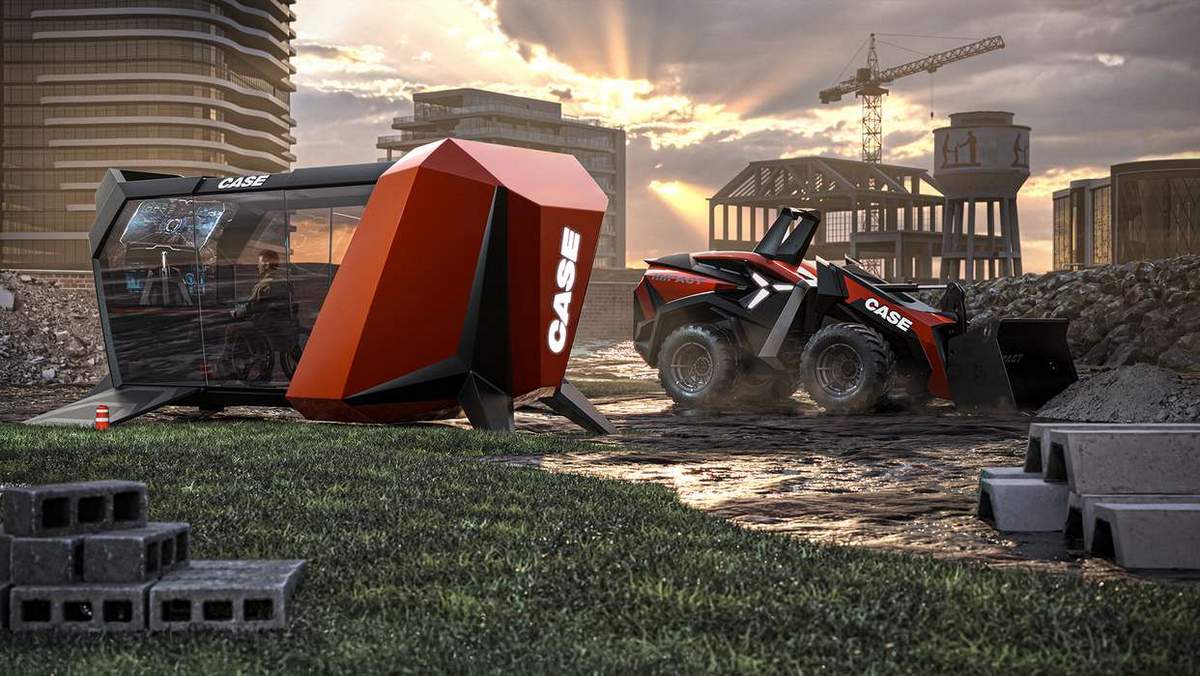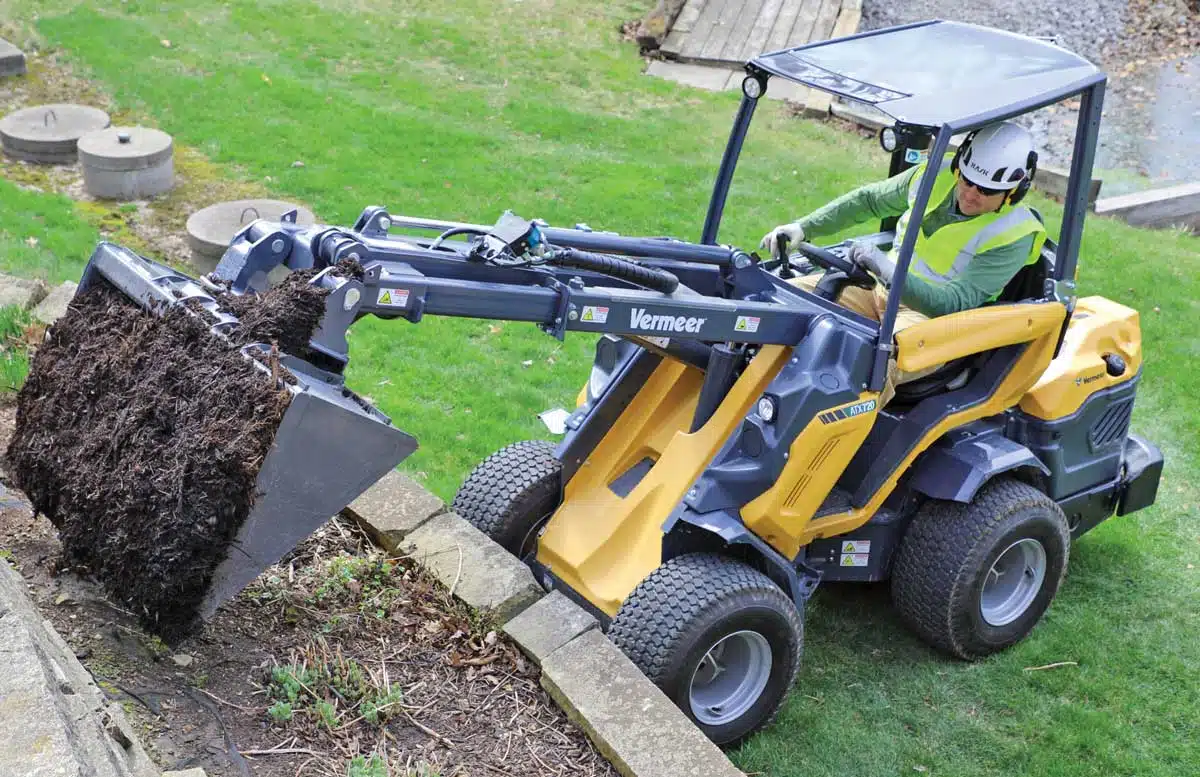Winterizing Compact Wheel Loaders

Wheel loaders are great machines for year-round use. So when the seasons
change, so do some of the maintenance procedures. Following the
manufacturer’s recommendations is the best practice. Review the
manufacturer’s maintenance manual and perform the maintenance tasks
according to that schedule. In extreme cold weather situations, it is
important to check the antifreeze and washer fluid more often than on
the printed schedule to be sure that it is full and not frozen.
Also during cold conditions, the use of an engine preheater system can
be helpful for top quality performance. The preheating system warms the
engine fluids and hydraulic tanks before starting to ensure proper and
smooth flow through the machine. Adjustments also need to be made for
the fluids in extreme operation conditions. For example, in cold
weather, thinner grade oil may be required to properly lubricate engine
and hydraulic systems. In extremely hot weather, conditions call for
thicker oil. Lastly, temperature changes can be harmful to the batteries
and should be checked periodically.
Anytime wheel loaders are used for application of deicing salts in cold
climates or for hauling or spreading fertilizer, the loader is subject
to a highly corrosive atmosphere. Under these conditions, preventing
rust should be a top priority. Salt and fertilizer can eat away at metal
parts of the wheel loader causing premature corrosion. Rubber
components like hoses and tires will experience a more rapid pace of
deterioration. Application of an aggressive media protection, like a
spray-on corrosion inhibitor, should be applied to all main metal
components that are susceptible to rust. Also, one of the best and
easiest ways to protect your asset is to wash the wheel loader every day
when used in these applications.
Tips for Attachments
Attachments are often rented and the operator may not know if the proper
maintenance was done before rental. Hydraulic driven and operated
attachments can potentially be harmful because of contamination. If
renting is ideal, be sure that all components are clean. There could be
contamination from the attachment to the machine from water, dirt and
metal within the oil.
However, if rental can be avoided, purchase your own. Attachments are
different than the machines because wheel loaders have hour meters that
help determine when to perform the periodic maintenance; however,
attachments do not. Commonly used attachments, especially hydraulic
powered attachments, should have maintenance performed as required in
their manual.
Whenever performing maintenance, be sure that the operator’s manual is a
close and ready-to-use reference. If not, problems may occur and excess
money will be spent. Similar to any piece of compact equipment, the
most costly fix on the compact wheel loader is the engine and the
drivetrain components. The most common mistake is not inspecting the
linkage pins, changing the engine oil, checking tire pressure and
replacing the tank vent, all of which can have a costly snowball effect
to damages, repairs and parts. Daily maintenance and service by
authorized dealers help avoid costly repairs. Also consider an extended
warranty for the whole machine or just the powertrain.
To optimize the life of a wheel loader to its full performance
potential, maintenance is always the first place to start. Be sure to
always keep up with maintenance and get any repairs done in a timely
fashion. The wheel loader should also be kept clean. Contractors should
be sure that all operators are properly trained with running the
machinery and how to perform all daily inspections properly. By taking a
few minutes to follow the proper maintenance schedule, the resulting
benefits include more efficiency, money savings and a wheel loader
lifetime of up to 10 years and 10,000 hours.
Will Wright is a Wacker Neuson product manager for wheel loaders and skid steers, based in Menomonee Falls, Wis.




